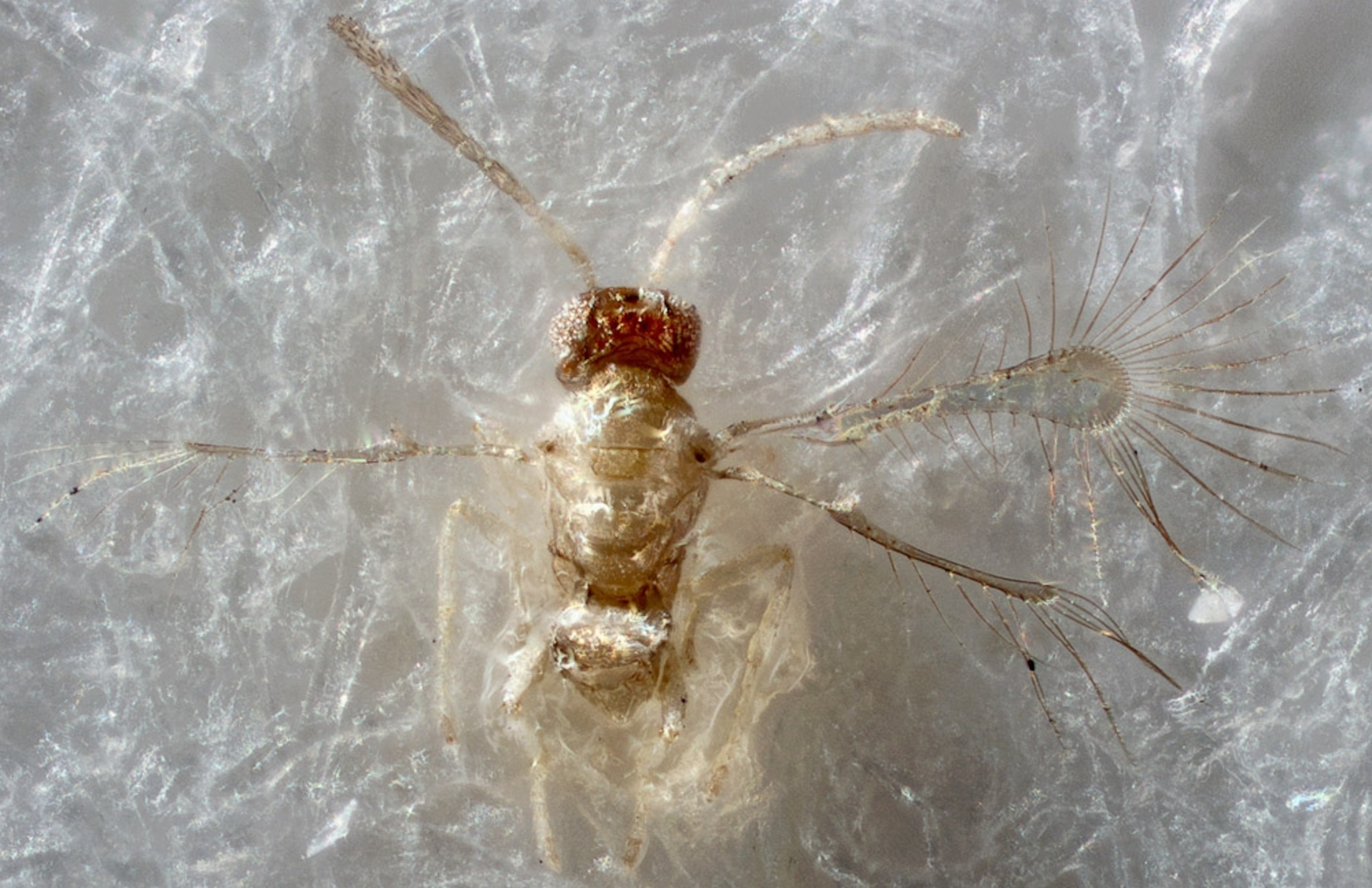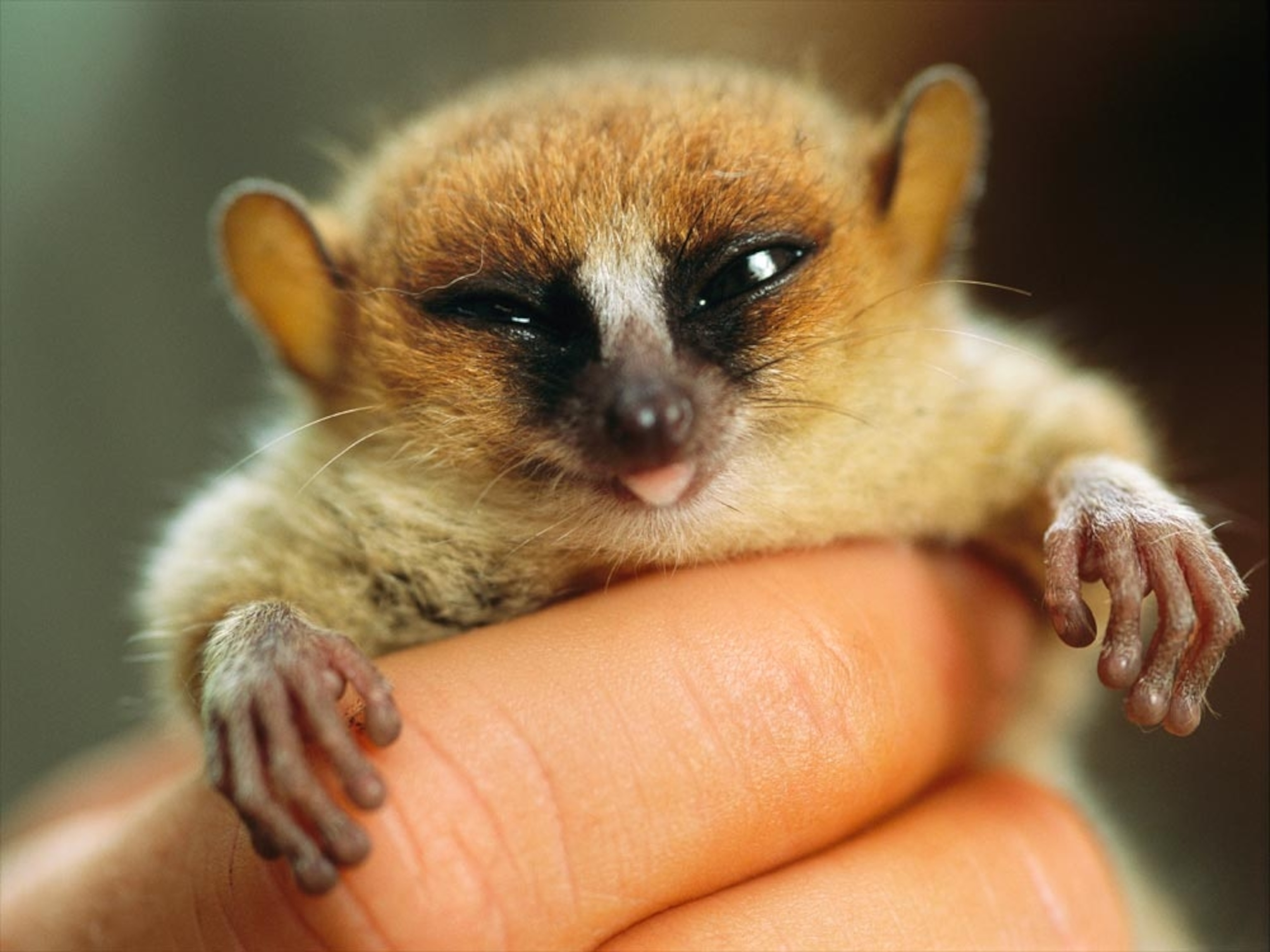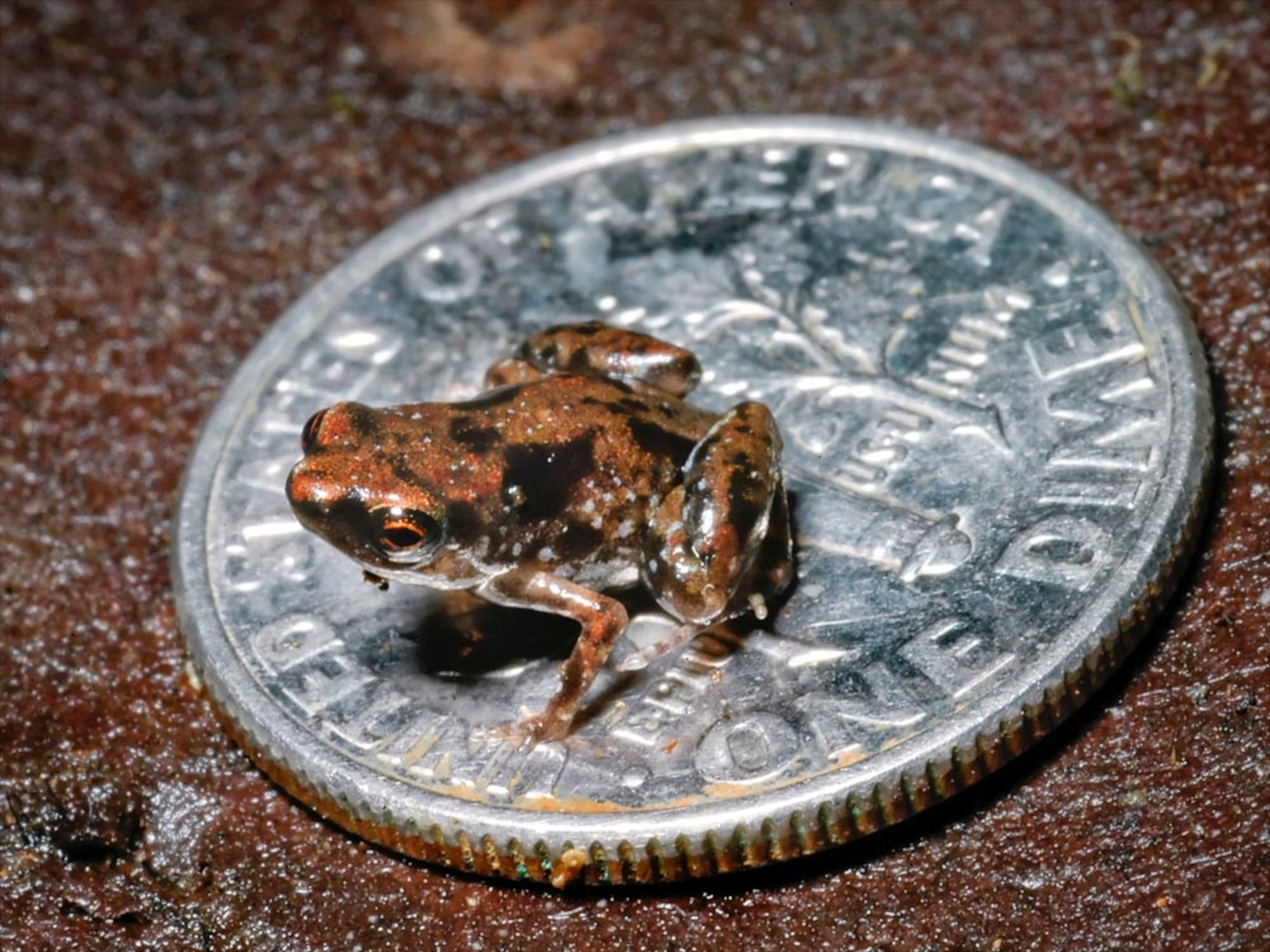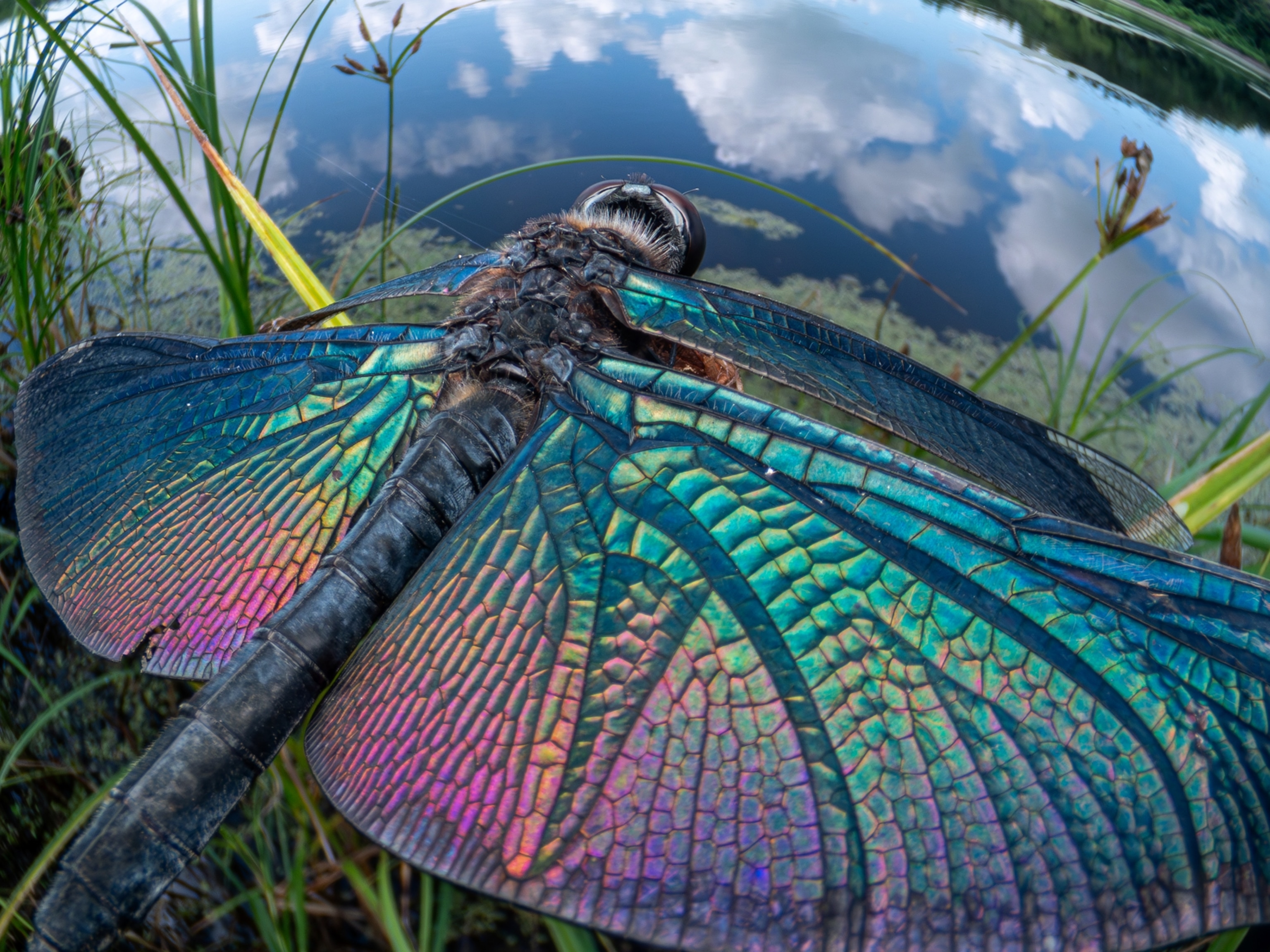
Pictures: 6 Ridiculously Tiny Creatures
The discovery of a ridiculously tiny species of wasp in Costa Rica might be pushing the limit on just how small an insect can get.
The species, named Tinkerbella nana after Peter Pan’s miniscule assistant, averages 250 micrometers long. That’s 0.01 of an inch—little wider than the diameter of a human hair.
T. nana is a type of wasp known as a fairyfly (Mymaridae). Don’t be fooled by its sweet-sounding name, small size, or the delicate fringe on its wings—T. nana and other fairyflies are parasites that live on the eggs of other insect species. (Also see “Parasitic Wasp Swarm Unleashed to Fight Pests.”)
Finding such small insects is no easy task—researcher John Huber of Natural Resources Canada and entomologist John Noyes of the Natural History Museum in London, England, found the fairyflies only by sifting through leaf litter and debris, looking for eggs. Huber and Noyes recently published their find in the Journal of Hymenoptera Research.
Despite its microscopic size, T. nana isn’t the smallest known insect. That particular honor goes to Kikiki huna, a species of fairyfly found on Hawaii. This fly is only half as long as T. nana, and scientists don’t know whether it’s possible for insects to get any smaller.
Meet some other members of the animal kingdom known for their remarkably petite physiques.

Smallest primate. Southeast Asia’s pygmy tarsiers (Tarsius) and Madagascar‘s mouse lemurs (Microcebus) seem to be in a running competition for world’s smallest primate.
At approximately 4 inches (10 centimeters) long, the pygmy tarsier can fit inside a person’s fist, and full-grown adults frequently weigh in at less than two ounces (57 grams). Mouse lemurs have a combined head, body, and tail length of less than 10.6 inches (27 centimeters), according to the National Primate Research Center at the University of Wisconsin. The smallest mouse lemur, M. berthae, weighs about 1.1 ounces (31 grams). (Read about new mouse lemurs discovered in 2006.)


Smallest vertebrate. The world’s smallest vertebrate, a frog known as Paedophryne amanuensis, was discovered in 2009 in Papua New Guinea. The frog measures only 0.3 of an inch (7.7 millimeters), according to a 2012 study in the journal PLoS ONE.

Scientists found the frog the way they found T. nana—by sorting through leaf litter, although no one currently knows exactly what it eats or how it lives.

Smallest mammal. The Kitti’s hog-nosed bat (Craseonycteris thonglongyai), a.k.a. the bumblebee bat, has been dubbed one of the world’s smallest mammals. A threatened native of Thailand and Myanmar (Burma), the bumblebee bat weighs in at 0.071 of an ounce (2 grams) and measures only 1.1 to 1.3 inches (2.8 to 3.3 centimeters) in length.

Smallest bird. Continuing with the bee theme, meet Mellisuga helenae, the bee hummingbird, which lives on Cuba and nearby islands. Weighing 0.056 to 0.071 of an ounce (less than 2 grams) and measuring 2.0 to 2.4 inches (5 to 6 centimeters) long, M. helenae has won the title of world’s smallest bird. Not only is it bee-size, M. helenae enjoys feeding on nectar like its namesake. Unlike a bee, however, M. helenae has bright, iridescent feathers.




